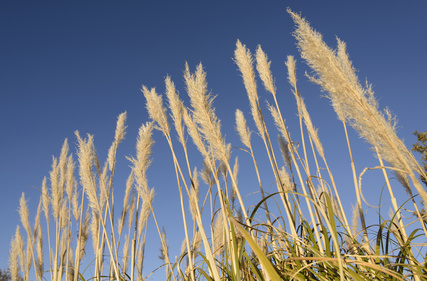Mike Delaney is the founder of the Raccoon River Watershed Association. -promoted by desmoinesdem
John Criss left $5.7 million for the improvement of Sac City, Kyle Munson reported for the Des Moines Register last week.
What is the first thing to be done with the money? Plant pampas grass, an invasive non-native plant, along the North Raccoon River.
Sac City is situated on a beautiful stretch of the Raccoon River. The Raccoon River Watershed Association celebration of that piece of river last May was featured on seven pages of the Des Moines Register, thanks to reporter Mike Kilen.
Sac City Park holds a beautiful old log cabin and a Chautauqua pavilion. It provides camping, showers, toilets, and canoe access to the river. The Raccoon is a prairie stream north of Sac City that turns into an Oak Savannah river on its way from Vogel Access to the city limits.
The river is plagued, however, with logjams in and below Sac City. A few dollars could remove the logjams and make it possible for paddlers and anglers to enjoy the lovely stream and the good small mouth and walleye fishing it affords right through town.
Instead of the invasive non-native pampas grass, the city could plant some lovely native prairie and savannah grasses and flowering plants. Native prairie plants in the right balance and location could be a permanent reminder of the generosity of John Criss and his love for Sac City. Residents could attract paddlers and anglers to their gorgeous town if they have the will to do so.
Top image: Pampas grass (Cortaderia Selloana), a South American plant.


3 Comments
Thank you, Mike
I hope this good post will reach Sac City. If any county should be promoting native plants, Sac County is that county. Native plants are a major tool for reducing water pollution, and Sac County is sending a lot of pollution downstream. One might have hoped that being sued by the Des Moines Water Works would be a wakeup call.
Pampas grass is not actually invasive in the Upper Midwest, however, at least not yet. It is often confused with phragmites, which is a horrible invasive problem, and with several other invasive exotic grasses.
But that does not mean planting pampas grass is a good idea. The question we should be asking in Iowa is why we so often use exotic plant species in public places when natives are so much better for soil, water, and wildlife, including pollinators.
That’s not to say that exotics are never appropriate. But often, natives work just as well or better. And at some point, we Iowans will need to change our outdated ideas of landscape beauty if we want to continue to have bumblebees, monarchs, songbirds, etc.
How many Iowans, even enthused gardeners, know that songbirds must have insects to feed their babies, and that native plants provide far more insects for birds than exotics do? Sac City could use some of their money to transform their town into Songbird City, a national model for how good native landscaping can be both beautiful and good for the environment.
Certain Iowa public agencies and municipalities are already encouraging landscaping with natives. An important first step is providing information and opportunities for appropriate staff to get educated and excited about the possibilities.
An excellent use for that Sac City money would be buying copies of BRINGING NATURE HOME for a lot of citizens in Sac City and paying for a day-long retreat to bring in experts on native landscaping and discussing the book. It would be an excellent investment in Sac City’s future.
PrairieFan Mon 5 Jun 8:18 PM
another reader
indicated that some Iowa counties are spending money to eradicate pampas grass from ditches, because its height can become a safety hazard. No reason to introduce this anywhere in the state.
desmoinesdem Tue 6 Jun 8:45 PM
Common-name confusion
It is possible that those counties are trying to eliminate silver banner grass, which is sometimes called pampas grass, per below.. I’ve seen silver banner grass spreading in a number of Iowa ditches and am grateful it’s not growing near my house.
http://www.extension.iastate.edu/newsrel/2002/sep02/sep0236.html
PrairieFan Tue 6 Jun 11:49 PM